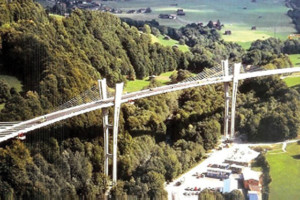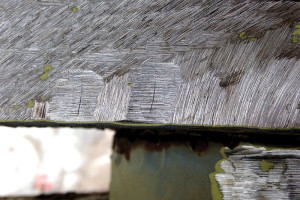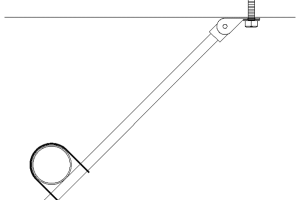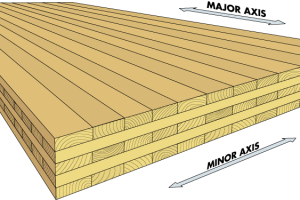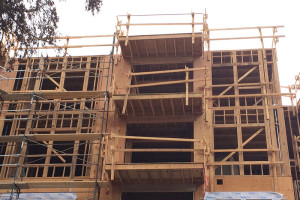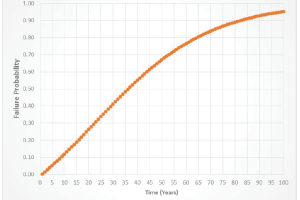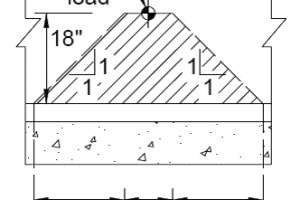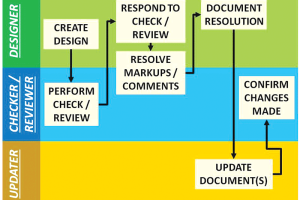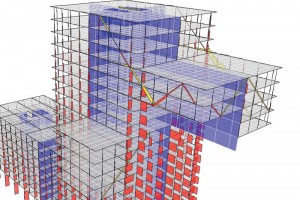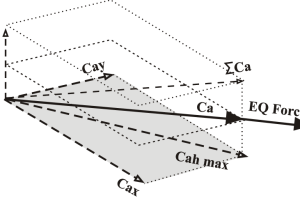The Role of Engineers, Architects, and Builders
Bridges are among the oldest structures used by mankind. From meeting purely utilitarian necessities, bridges have evolved with time to become symbols of human progress, of cities and entire countries. Among the thousands of bridges around us are the bridges that we all admire, the bridges that are the symbols of the eternal human aspiration for building longer and taller, stronger and faster. …

